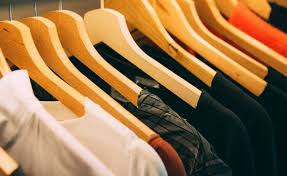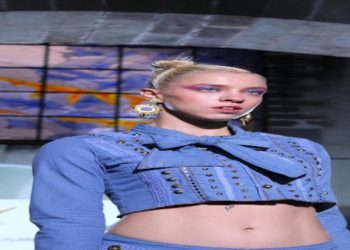The fashion industry is at a crossroads. For decades, fast fashion dominated the market, delivering cheap, trend-driven clothing to consumers at a rapid pace. But with growing awareness of environmental impact, water consumption, and textile waste, the conversation has shifted. Circular fashion and sustainable clothing, the idea that clothing can be reused, recycled, and repurposed rather than discarded, is emerging as a critical trend shaping the future of the industry.
What is Circular Fashion?
At its core, circular fashion is about creating a closed-loop system. Instead of a linear “take, make, dispose” model, circular fashion aims to design, produce, and consume clothing in ways that minimise waste. This includes using recycled or upcycled materials, designing garments for longevity, and ensuring that products can be easily recycled or repurposed at the end of their life.
It’s a concept that responds directly to some of the fashion industry’s most pressing problems: mountains of textile waste in landfills, energy-intensive production, and overconsumption driven by fast-changing trends.
Why It Matters for Consumers
Circular fashion isn’t just an abstract concept for designers and brands, it directly affects consumers too. Choosing garments made from recycled materials or opting for products designed to last longer helps reduce environmental impact. Beyond sustainability, circular fashion encourages thoughtful purchasing: considering what we truly need, how long something will last, and how it can be reused.
These choices reflect broader societal trends. Consumers increasingly value authenticity, transparency, and responsibility in the products they buy. Clothing is no longer just about style, it’s about alignment with personal and ethical values.
How the Industry is Responding
Across the fashion landscape, innovations are underway. Fabrics made from recycled polyester or blended fibres are becoming more common, and companies are exploring ways to upcycle old garments into new products. Designers are thinking about modular clothing, where pieces can be taken apart, altered, or recombined to extend their lifespan.
Smaller brands and SMEs are also experimenting with circular practices. Customisable, versatile apparel that can serve multiple purposes, from workwear to casual clothing, is part of a growing movement that values longevity over disposability. These initiatives may not dominate the high-street yet, but they signal a cultural shift that could reshape consumer expectations over the next decade.
Challenges Ahead
Despite the promise, circular fashion faces challenges. Recycling textiles is complex; not all fabrics are easy to reuse, and global systems for collection and processing remain underdeveloped. Cost is another factor, as sustainable production can be more expensive than mass-market fast fashion.
However, awareness is growing. Governments, organisations, and consumers are pushing for more responsibility from brands. Education campaigns, recycling schemes, and technological innovation are gradually making circular fashion more feasible and accessible.
Looking Forward
The future of clothing lies in sustainability, innovation, and responsibility. Circular fashion represents a significant step toward reducing environmental impact while encouraging smarter, more conscious consumer choices. For both large brands and small businesses, embracing circular principles is likely to be less of a trend and more of a necessity in the years ahead.
As the industry evolves, what we wear, and how we choose to use and care for our garments, will increasingly reflect not just style, but values. Circular fashion isn’t just about saving the planet; it’s about reshaping the way we think about clothing altogether.












































































